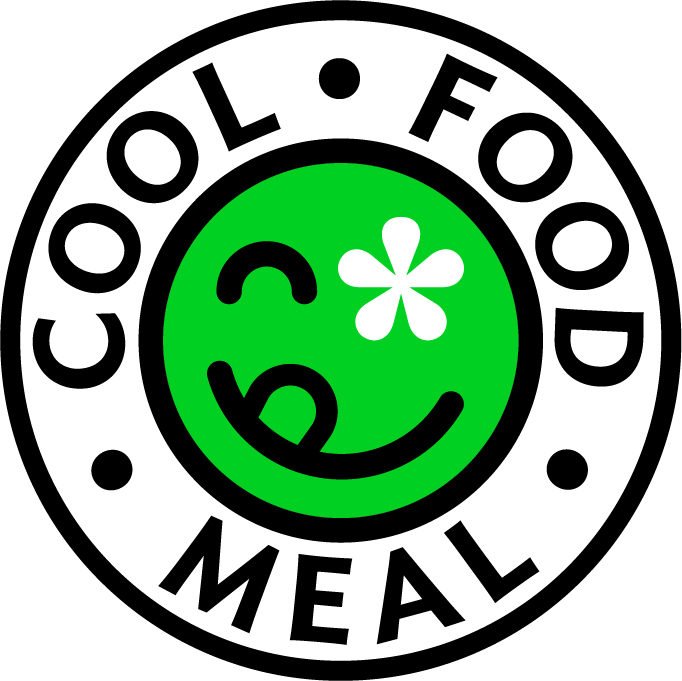The certification, measured using a dish’s ingredients list, is calculated by analyzing the emissions from the agricultural supply chains and the land used to produce the meal. If the dish’s carbon footprint falls below an established per-meal threshold and meets a nutrition safeguard, it is approved as a Cool Food Meal.
“A quarter of greenhouse gas emissions are from agriculture and related deforestation. With the new 'Cool Food Meals' certification, consumers will know if their food choices are helping the climate,” said Andrew Steer, President and CEO, World Resources Institute, in a press release. “The good news is that today we have more choices that can help us reduce our impact on natural resources and the climate while still enjoying tasty food.”
Related: Report Highlights Role of Regen Ag Practices in Food System Resilience Belcampo Partner Farm Program Promotes RegenAg 330 Companies Call for Climate-Friendly Path Forward from COVID-19
Since animal-based foods account for most of agriculture greenhouse gas emissions, consumers should shift to a diet with more legumes and vegetables, WRI says. One of the first restaurant chains incorporating the Cool Food Meals badges is Panera Bread, who started labeling items across its digital menu. The company will also kick off a week-long Cool Food Meals campaign to educate consumers on eating well for the climate.“With 55% of Panera entrees certified as Cool Food Meals, our guests have many choices for delicious food with a lower carbon footprint, making it possible to help impact climate change through the food they eat in our bakery-cafes. The Cool Food Meals certification is giving Panera another way to give our guests information to make choices that align with their values, which is something we’ve always believed in,” said Niren Chaudhary, CEO, Panera Bread, in the press release. “We’re thrilled to partner with WRI to spotlight Cool Food Meals, and show that eating well for the planet can be not just easy, but delicious.”










